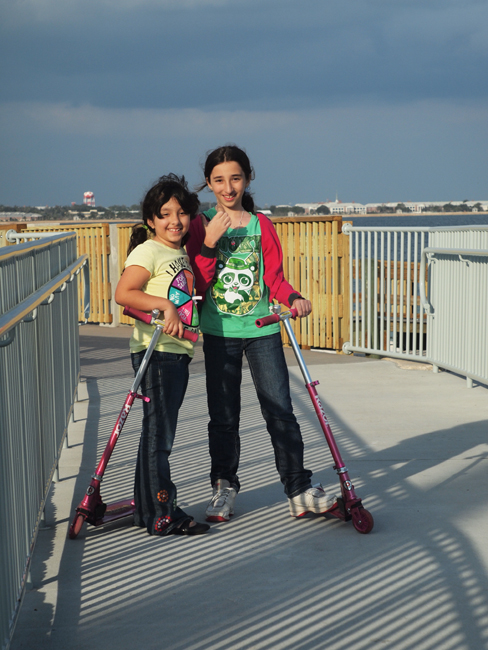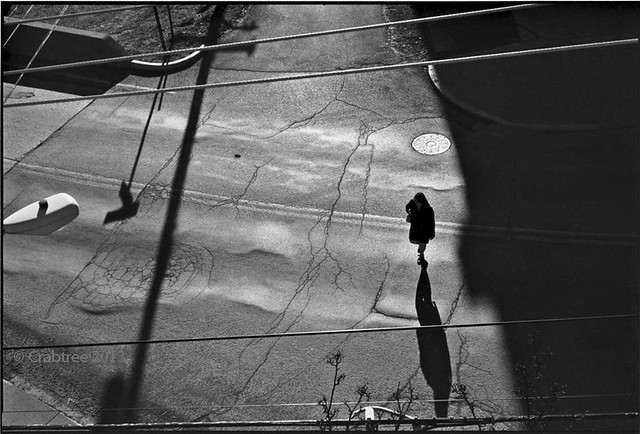helen.HH
To Light & Love ...
I used my recently cleaned Nikkor 50/2 on the E-P2 yesterday. I am (again) impressed by this lens. Youxin did a good job.

Ha Raid, We're in a similar state of Mind...shooting with that 50
The Girrls look Lovely...this lens has such a Soft Glow...amidst its Sharpness
Helen--what a GREAT shot!
Don't know why--but I love it!
Thanks!
Didn't know you were a Nikon fan...
Paul
Cheers & Thanks Paul....I think it's tat dark hooded figure that draws You in
Amidst the metal vendor cart and gritty subway entrance
I recently acquired this Lens and it's made me fall hard again for the 50 perspective 😉
Ahh, a Glimpse of Walnut Street....a Touch of NoirI got one with an M5 outfit a couple weeks ago. It's a nifty little lens, but I'm finding myself using the Summarit that was also part of the deal more often for some reason.
Helen, Bliss street looks lovely. This is Walnut Street, but only one over from Pleasant. We don't ever get quite to Bliss here in W.Va. Well maybe at New Vrindaban 🙂
Walnut Street, on Flickr
M4-2, Nikkor HC 5 cm, TMY.
A Woman Alone walking the gritty cracked cement, wires , & criss crossed wires...Love it !
This lens seems to add a Glam to All it 'sees'





